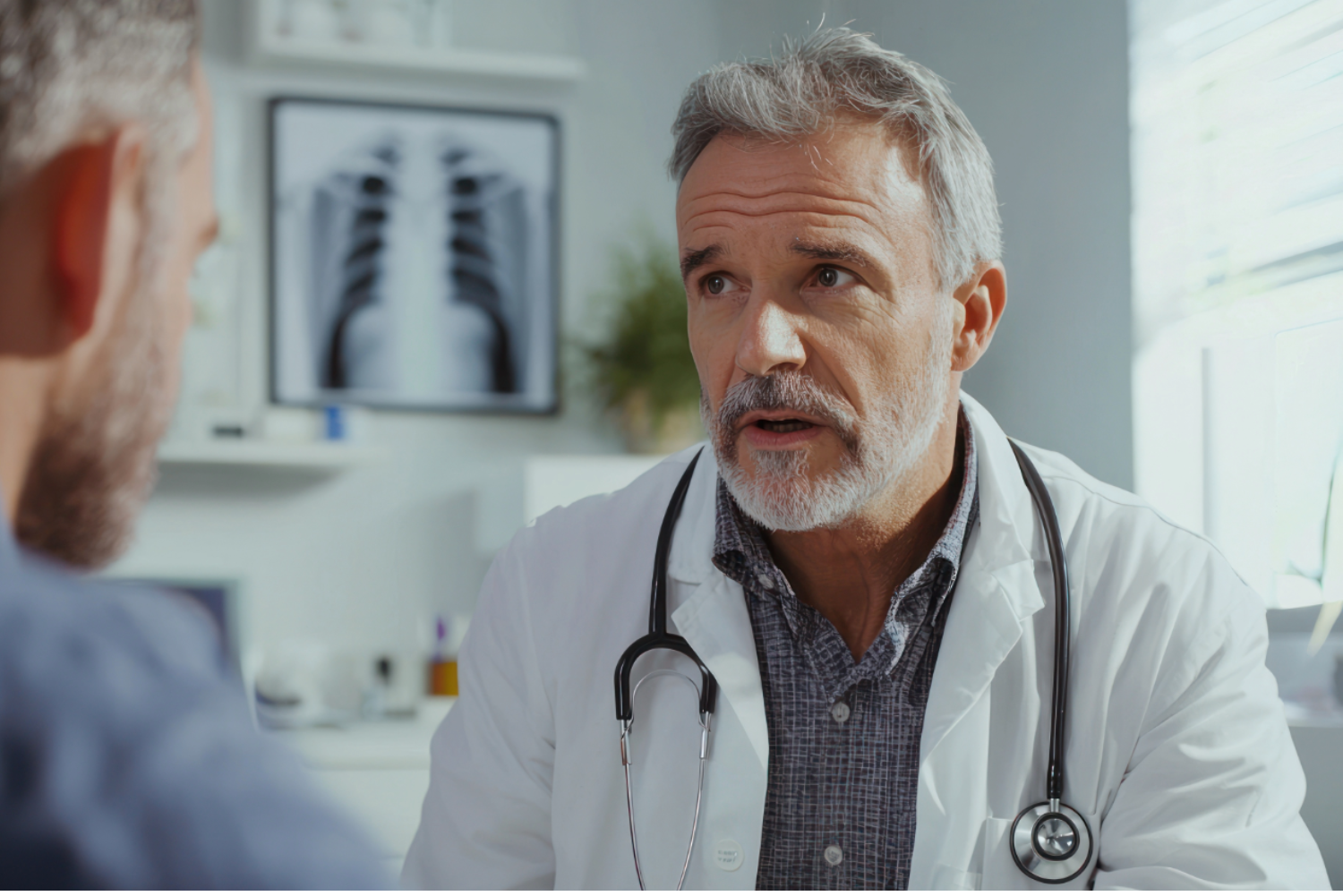News
Uncovering The Secrets of Human Movement

As a mecca for outdoor sports’ enthusiasts, Vail is an ideal place to study the human body in motion. That’s why Vail Health and Steadman Philippon Research Institute (SPRI) built a state-of-the-art BioMotion Lab on the hospital’s main campus. Its mission is to help people stay active longer.
Unique lab — unique research
The BioMotion Lab doesn’t look like the scientific labs you’re probably familiar with — you won’t find any microscopes or test tubes. Instead, you’ll see researchers watching patients run, walk or even swing a baseball bat in a room full of special technology for assessing movement.
Orthopaedic disorders are essentially movement disorders. They keep us from enjoying the activities we care about. Static images, such as an MRI, only produce a snapshot of the anatomy. This makes it difficult to accurately diagnose the underlying problem. It’s like trying to describe walking or running by simply looking at a photograph.
Biomotion analyses reveal how the entire body is moving. They show coordination of the muscles that control the movement, and they identify what is really happening in the joint. By measuring the effects of motion on the musculoskeletal system, researchers can apply their findings to:
- Injury treatment and prevention
- Degenerative diseases
- Clinical diagnosis
- Surgical and physical therapy outcomes
- Sports performance
Better patient outcomes
While it’s important to better understand musculoskeletal function and the effects of injury, SPRI’s research team is focused on enhancing patient care. These scientists study the joint’s tendons, ligaments and bones to evaluate the success of specific procedures. The information enhances clinical decisions, such as determining whether surgery or a less-invasive treatment is the best option. This is a huge benefit to patients. “Improving medical care is the primary reason for our research,” says Scott Tashman, PhD, director of SPRI’s BioMotion Lab and the preeminent leader in biomotion research. “When we enhance treatments, patients can heal better and faster.”
Premier BioMotion Lab in the nation
Having built two of the top biomotion labs in the U.S., Dr. Tashman’s vision is to make Vail’s lab one of a kind. While most biomotion labs have a fairly narrow focus, this lab is designed to explore the full range of joint disorders. SPRI’s team studies patients of all ages with a variety of physical abilities. Why? To improve the health of as many people as possible.
Another factor that sets SPRI’s lab apart is the research institute’s relationship with the surgeons at The Steadman Clinic. Dr. Tashman is quick to say the best research ideas come from practicing physicians. “Our job is to understand the most critical problems facing orthopedists and answer ‘what if?’”
Dr. Tashman and his team also combine their work with the regenerative medicine research of Johnny Huard, PhD. Dr. Huard, SPRI’s chief scientific officer, is known worldwide for his research. These two highly recognized scientists study cell biology as it relates to human movement. They also work together to develop and evaluate next-generation treatments for joint disorders. Drs. Tashman and Huard believe their research will lead to new standards of care around the globe.
Research set for greatest impact
Dr. Tashman is kicking off several projects focused on some of the most common joint disorders. His aim is to develop new treatments that will improve outcomes for the greatest number of people. His studies include:
- Hip injuries in young patients to develop preventions of arthritis
- Chronic rotator cuff tears in patients age 50-60 years, integrating regenerative medicine and biologic healing to enhance medical care
- Outcomes after ACL injury to determine the most effective treatment
Research prevents hockey injuries
Research for research’s sake isn’t the goal of the new BioMotion Lab at Vail Health. Its primary purpose is to improve treatment and prevent orthopaedic injury.
That was the result of a study conducted by Steadman Philippon Research Institute (SPRI) researchers several years ago.
The National Hockey League adopted a new, smaller thigh pad for goalies. So high school and college players began wearing the new-style pad too. After several seasons, there was concern the smaller pad was increasing stress on these young players’ hips.
SPRI’s researchers studied this potential problem by watching young goalies in the lab. They found no difference in the amount of hip stress, regardless of which pad was worn. But they did discover that goalies who wore “broken-in” pads were less likely to suffer hip injury.
This finding led to the current practice of players breaking in new pads before they ever hit the ice. This is just one example of the impact SPRI’s biomotion research has had in preventing sports injuries. With the new BioMotion Lab at Vail Health, researchers can identify more ways to prevent and delay orthopaedic injuries.
Our ultimate goal is to prevent joint injury and disease from ever occurring.
More information:
Steadman Philippon Research Institute →
(970) 479-9797
More News
-
New!
More

Screening Secrets: What Every Man Should Know About Prostate Cancer Screening
Prostate cancer is the most common type of non-skin related cancer in men, and it is the second leading cause of cancer-related deaths in men within the United States, behind lung cancer. Fortunately, if caught early, prostate cancer remains highly treatable and curable with minimally invasive procedures.
-
New!
More

Unplug to Recharge: Why a Digital Detox Is the Real Power Move for 2026
Our phones promise connection, convenience and control, yet most of us feel more scattered, stressed and sleepless than ever. The constant pings, scrolls and notifications have rewired our brains for distraction. The fix? Not abandoning technology altogether, but reclaiming balance.
-
New!
More

Beyond the Scale: Why Nutrition and Exercise Work Better Together
For decades, weight loss advice has been distilled into a simple equation: calories in, calories out. Eat less, maybe combine that with exercise, and the pounds will fall away. But according to experts at Vail Health, that equation overlooks a much bigger picture.





